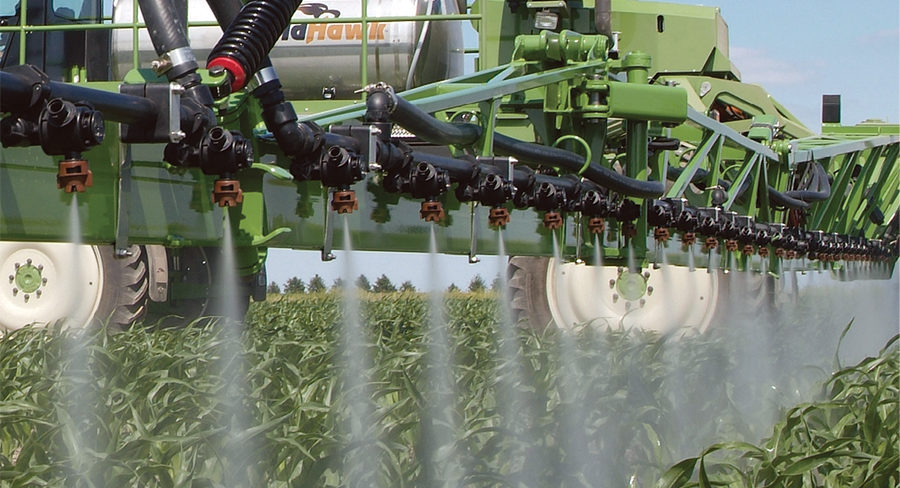No-Till Farmer
Get full access NOW to the most comprehensive, powerful and easy-to-use online resource for no-tillage practices. Just one good idea will pay for your subscription hundreds of times over.

Given the high cost of applying pesticides in your fields today, replacement of worn nozzles is the best insurance against waste. The investment in a set of new spray nozzles is dwarfed by the cost of the chemicals being applied. But when should nozzles be replaced?
Critical steps in evaluating the performance of a sprayer are to verify that output is correct according to the nozzle manufacturer and label guidelines and that spray distribution is uniform across the boom. Both of these steps examine a nozzle’s performance.
A calibration process along with visual observation can provide the information necessary to determine whether spray nozzles need to be replaced. Properly calibrated application equipment ensures that the applicator maximizes the value of an application within legal label rates without crop injury or pest control failure and with minimal exposure to the environment.
Calibration is the only accurate way to ensure that the correct amount of product is applied. Even with the current widespread use of electronics to monitor and control the application of crop protection and fertilizer products, a thorough sprayer calibration procedure and nozzle inspection are essential to ensure against misapplication.
Many methods can be used to calibrate a low-pressure boom sprayer. Any technique for calibration that results in accurate and uniform application is acceptable, and no single method is best for everyone.
The key is to calibrate on a regular basis. For some, that could be every time a change is made in the…